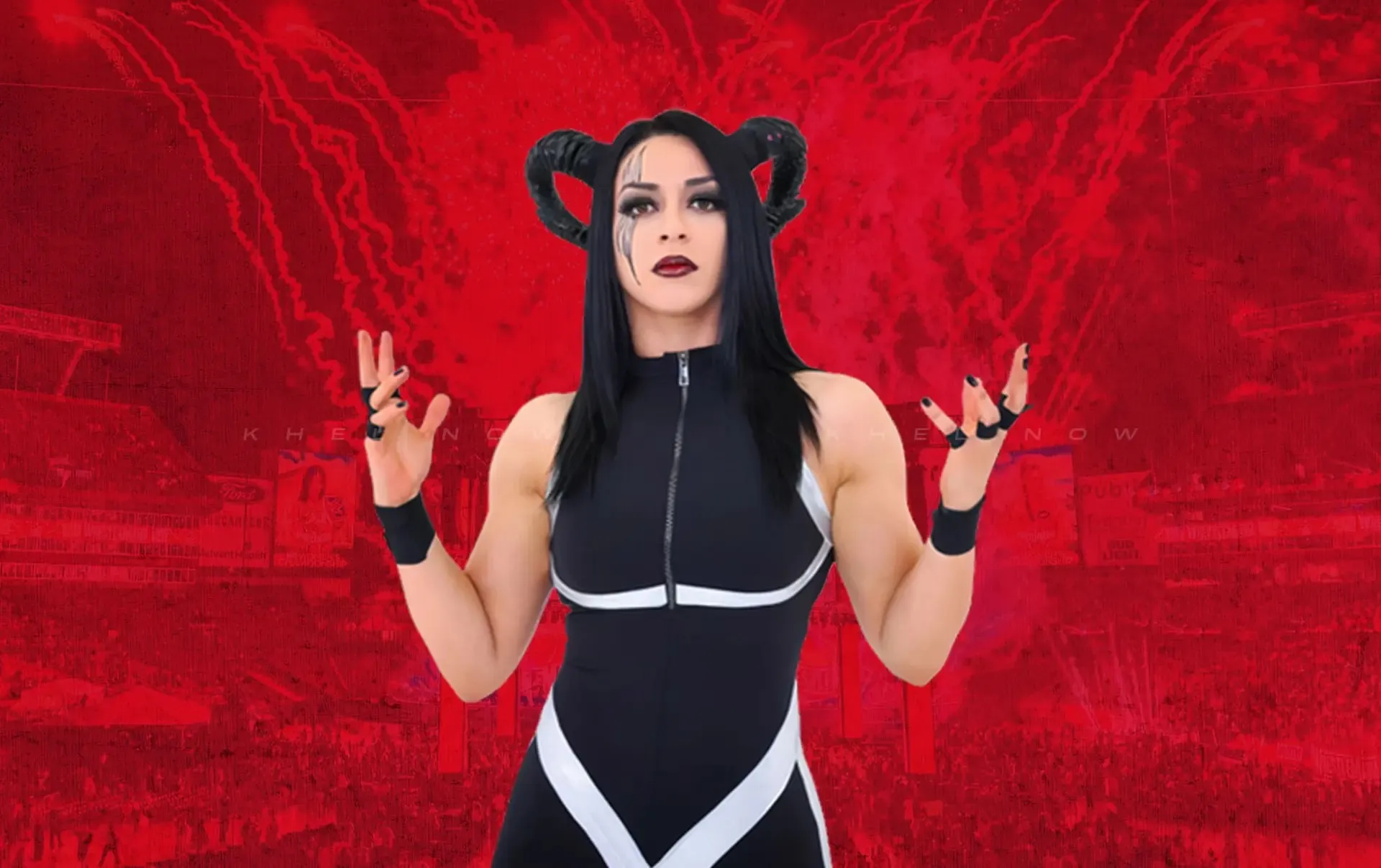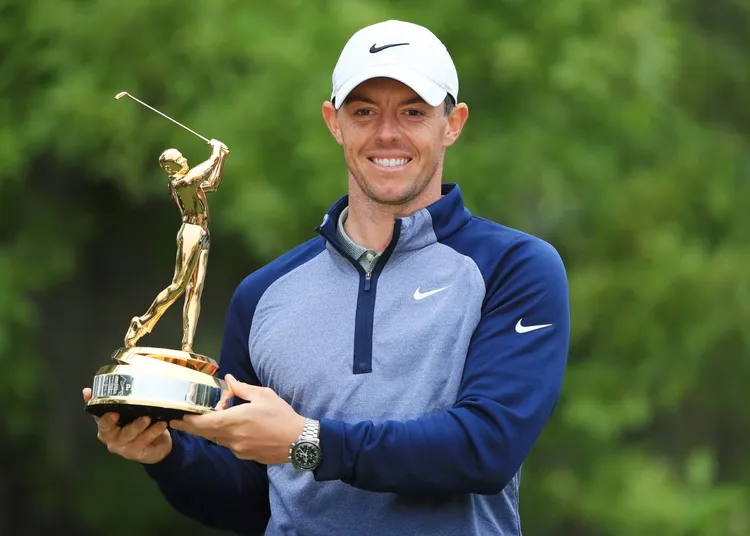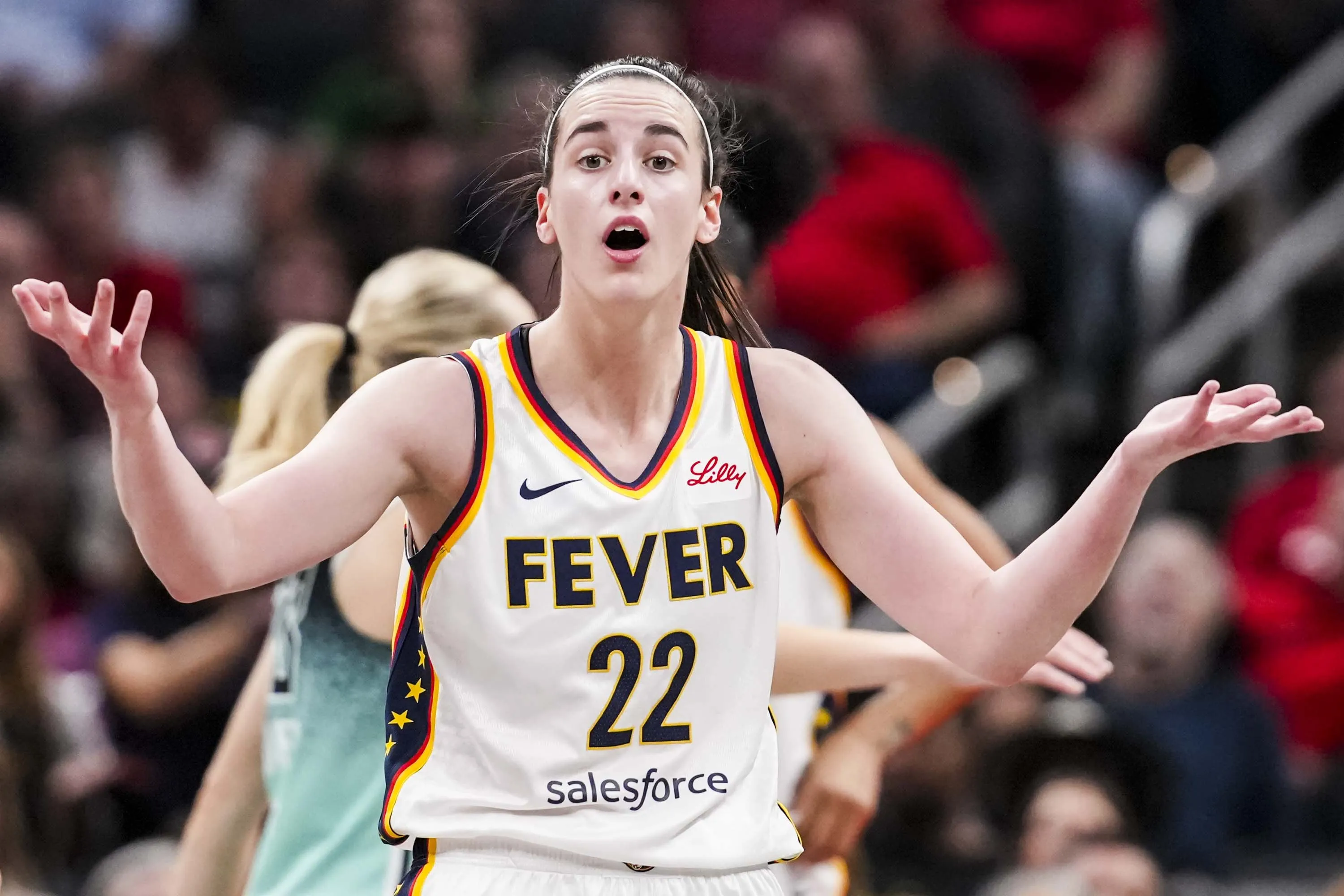Tennis is as much about conduct and symbolism as it is about results—and a seemingly simple gesture like a handshake can become a lightning rod for debate. At the recent 2025 WTA Finals in Riyadh, a handshake moment involving World No. 2 Iga Świątek captured attention well beyond the scoreline. After her loss to Elena Rybakina, Świątek initially shook her opponent’s hand but then walked straight to her seat, delayed acknowledging the chair umpire, and created a ripple of confusion over tennis etiquette.
That moment drew criticism from fans and commentators—but it also prompted the Australian former pro and coach Rennae Stubbs to publicly defend Świątek’s actions, saying the Polish star “did the right thing in the end”. This incident raises questions about standards in elite sport: what constitutes respect, what is expected, and how modern athletes navigate emotional defeat in front of millions.
In this article we will unpack what happened in Riyadh, analyse the reactions, consider Rennae Stubbs’ perspective, explore the broader context of player conduct, and reflect on what this means for tennis culture moving forward.

What Actually Happened
During the round-robin stage of the WTA Finals, Świątek faced Rybakina and lost in three sets (6-3, 1-6, 0-6). After the match, Świątek approached the net to shake Rybakina’s hand—as expected. But the tension emerged when she then proceeded towards her bench without immediately greeting the chair umpire. Only after a few moments did she return to complete that handshake.
While the ultimate handshake was completed, the sequence raised eyebrows: observers commented that she let the umpire wait, that the gesture looked delayed and mechanical, and some fans questioned whether that constituted unsporting conduct. Meanwhile, Świątek offered post-match commentary acknowledging her mistakes during the match—“I’ll have to watch and analyse… I just wasn’t that solid…”—but she did not publicly address the handshake sequence in detail.
In the days following, the moment became a topic of social media discussion, pundit commentary, and speculation about player behaviour under defeat.
Rennae Stubbs Speaks Out
Rennae Stubbs, who coached Serena Williams during her 2022 US Open campaign and has been a respected figure in women’s tennis as player, commentator and coach, weighed in via her podcast. Her summary of the incident: yes the behaviour was “a little unusual,” but ultimately she believed Świątek “did the right thing in the end”.
Stubbs offered empathy for what she described as “the fallout of a loss” and noted that even top professionals feel the need to process defeat immediately—sometimes placing equipment down, walking away, regathering. In Stubbs’ view, Świątek’s return to the umpire handshake was sufficient and the story should not be over-blown.
Her comments:
“I mean it was a little bit unusual… But I think she was just thinking, ‘I’m a little upset, I’m going to go put my racket down…’”
“Yeah, she definitely did shake the umpire’s hand. Calm the farm, everybody out there. She did the right thing in the end, and we’ve all lost, and it’s never fun.”
By offering this defense, Stubbs shifted the narrative away from intentional disrespect and toward human vulnerability—an athlete processing a high-stakes defeat in real time.

Why the Reaction Was So Strong
Expectations of Ritual
The handshake at the net (and often the chair umpire) is a long-held ritual in tennis signifying respect, fair-play and tradition. Deviations from expectation—even slight delays—can be interpreted as snubs or signs of disrespect.
Public Spectacle + Historical Context
For elite events like the WTA Finals, the cameras do not miss much. Players know that each gesture, reaction and exit may be scrutinised. Moreover, Świątek had been involved in previous tension with an umpire at the 2025 French Open, adding layers of context to how observers interpreted the Riyadh moment.
Emotional & Performance Stress
Losing a match in which one had been expected to win adds emotional weight. Athletes may display frustration, retreat inward, delay customary gestures. Fans sometimes misinterpret those moments as disrespect rather than processing. Stubbs’ comments emphasised this human dimension.
Media & Fan Amplification
Moments like this are replayed, dissected, commented on—sometimes disproportionately relative to their impact. In an era of social-media swift reaction, a handshake delay can feel like a controversy. Stubbs’ intervention attempted to calm the discourse by asking readers to “calm the farm.”
What It Reveals About Player Conduct & Culture
Athletes Are Human
Even top-ranked players step off court not just as machines or performers, but as humans with disappointment, frustration and processing needs. Recognising that helps contextualise behaviour.
Rituals Matter — But Context Does Too
Tennis traditions like handshakes matter for sport culture. But rigid interpretations of conduct may ignore context: timing, emotional state, camera angles. Navigating between respect and authenticity is delicate.
Commentators Have Power
Voices like Stubbs’ have impact because they bring credibility, experience and a more forgiving lens. Instead of piling on criticism, Stubbs offered an alternate interpretation rooted in support. That highlights how media voices shape narratives.
Fan and Media Expectations May Be Unrealistic
The idea that athletes must immediately deliver perfect conduct even in the moments of greatest disappointment is unrealistic. It raises questions: should we expect perfect composure at all times, or allow for nuance and recovery?

Lessons for Athletes & Fans
For Athletes:
-
Recognise that losses will feel differently inside than they look outside—allow yourself a moment to reset before public ritual.
-
Be aware of optics but also honest in your emotional state. The handshake is important, but authenticity often resonates more.
-
Use trusted voices (coaches, mentors) to manage behaviour, image and post-match routine.
For Fans and Media:
-
Consider context: Was the handshake delayed because of emotion? Was the gesture eventually completed?
-
Approach conduct stories with nuance—one moment rarely tells the full story of the match or the athlete.
-
Valuable voices (like Stubbs) that explain rather than condemn help fandom be supportive rather than judgmental.
What’s Next for Iga Świątek
-
Monitoring how she handles similar moments in future tournaments will be instructive in her personal development and media narrative.
-
As a multiple-Grand-Slam champion and one of the tour’s biggest stars, her conduct under stress continues to shape her brand and role model status.
-
Her acknowledgement of performance mistakes in the Rybakina match suggests she is focusing on execution rather than optics, which may serve her well.
A quick handshake or a slow one—on the face of it, a minimal gesture. But in high-level sport, context, timing and optics can turn something small into a headline. In the totality of the moment in Riyadh, Iga Świątek completed both opponent and umpire handshakes. According to veteran voice Rennae Stubbs, the star “did the right thing in the end”.
But more importantly, the incident offers a reminder: athletes are human, under intense pressure, scrutinised in every move. Fans and commentators may benefit from seeing the full picture—not just the isolated gesture. For Świątek, this moment may fade, but it highlights how conduct, brand, expectations and humanity intersect in sport.
Moving forward, both athletes and observers might take one cue from Stubbs: extend a little grace, recognise the emotion underneath the performance, and remember that respect can be shown—even when the moment doesn’t look perfect.

 Vietnamese
Vietnamese









Nguyen Hoai Thanh
Nguyen Hoai Thanh is the Founder and CEO of Metaconex. With 12 years of experience in developing websites, applications and digital media, Nguyen Hoai Thanh has many stories and experiences of success to share.